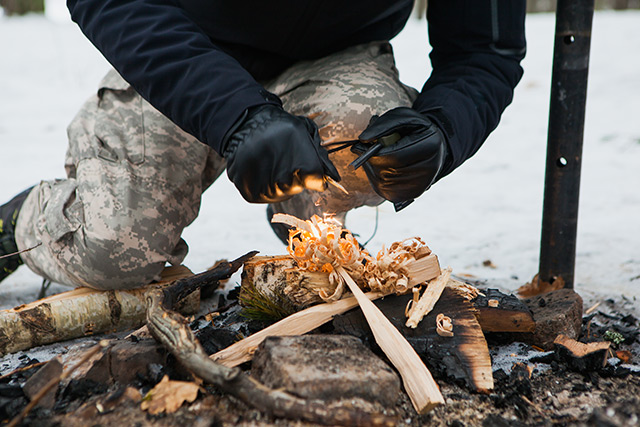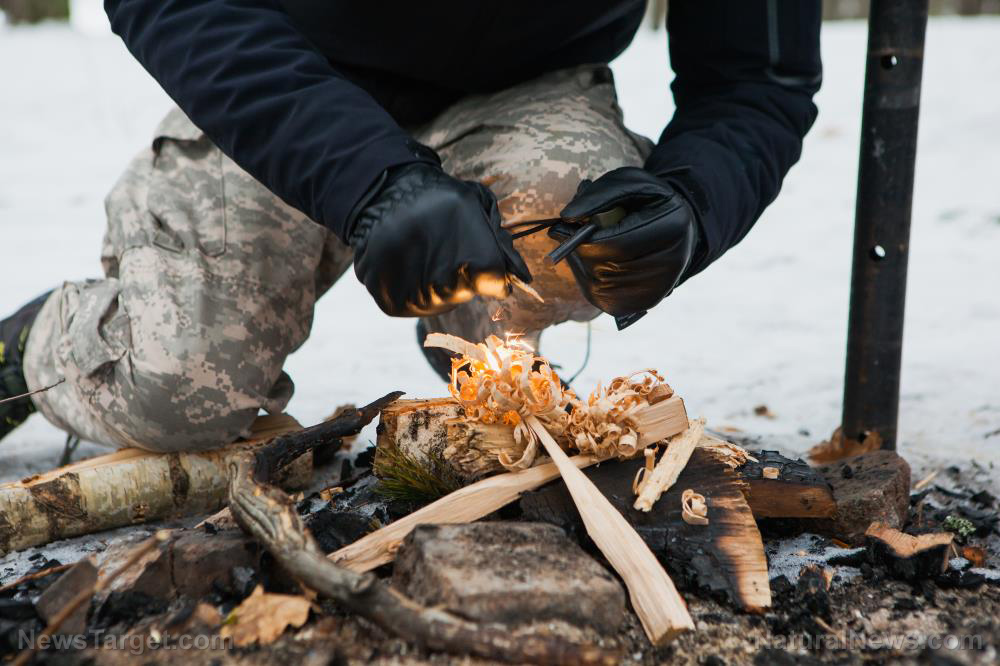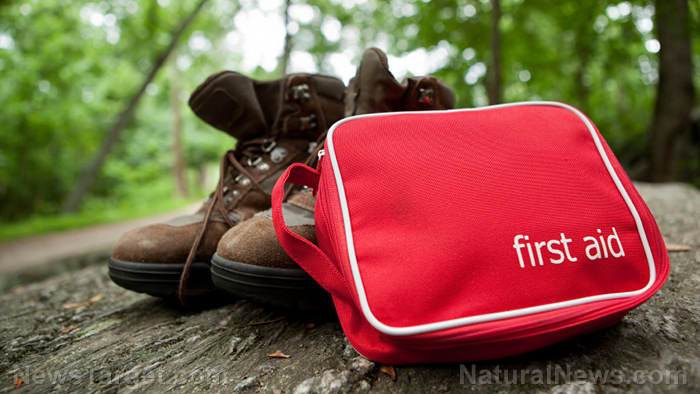Pet prepping: Emergency treatments you should learn, just in case
03/08/2018 / By Jessica Dolores

Pets and their unconditional love make them indispensable. They’re family. Their joys and pains are ours as well.
Lucky is the pet owner with a background in veterinary medicine to help him when accidents and emergencies happen to their beloved pooch. But most owners are lost when something bad happens to their pet. They don’t have medical background to treat their pet, pronto.
It helps to have a first aid kit handy. It should have a small blanket or towel, tape, knife, honey, bandages, antibiotics like bacitracin or neomycin, paracord for a muzzle, anti-itch creams, tweezers and needles.
Emergencies
Here are emergency situations and tips in helping your pet until the vet arrives. (h/t to SurvivalSullivan.com.)
A sudden explosion or car accident can bring shock and seizure. Your pet may also be in a state of shock if he undergoes stress from moving, flying, etc. Load him up with carbohydrates 72 hours before he boards a plane, moves to another state, or faces a stressful situation. Look out for small signs like shaking and imbalance. Dogs in shock have eyes that look black, and dilated pupils. Gums are white and pale. Paw pads, ear tips and nose are cold, and the pet may seem dazed. Others drool. Dull ear, pale gums and eyelids are signs of low blood pressure. The pet has a fixed stare, and his eye rims are pink and feverish.
Hold your shocked pet and soothe him. Try swaddling your pet in a towel, blanket or jacket. The warmth will calm him down. Restore electrolytes and his brain with salts and other means.
Your pet needs energy from calories, fast. So give him honey packets or glucose tabs crushed into powder form and mixed in a bowl. Use a straw to administer the mixture to your pet and keep it from spilling. Older dogs benefit from having a quiet, calm place to recover their bearings. If it’s a bad seizure, grab a towel edge or popsicle stick and position it across your pet’s tongue. This will keep him from choking or biting his tongue.
Shock and seizure can cause unconsciousness. So you must know how to revive your pet. Examine his throat for blockages by pulling his tongue out. Gently reach down his throat using your fingers. Breathe air into your pet’s mouth. Cover his nose and the rest of his mouth. Do this gently since you don’t want to blow up your pet’s lungs. Repeat four to six times and watch his chest rise. Wait for your pet to breathe on his own again. Then breathe air into his mouth every four to five seconds.
A choked dog is wheezing, scratching his throat and hunching over as if he wants to throw up because a foreign object is blocking his throat. He could panic and bite out of fear. He is wide-eyed, as he begins to lose air. He can’t think anymore.
When choking worsens, his gums and lips turn blue from lack of oxygen. His eye rims and ear tips will turn pale. His tongue loses color from lack of blood. Look for foreign objects or signs of blockage in his throat and mouth. Be careful lest your fingernails hit soft tissue, and hurt your pet. So probe the mouth as gently as you can. Make sure you don’t push the unwanted object further down your pet’s throat or down his lungs. Try gently inserting your pinky into your small pet’s throat, holding him him up and tapping his body a few times. The Heimlich maneuver can help bigger dogs. You may also give a few sharp jabs, the way you would when slapping a person’s back.
External wounds wounds should be treated seriously. The key is prompt cleaning to check infection. Get clean dressing and apply pressure to stop bleeding. Flush with water or saline to remove debris and small objects.
Your pet loves you. So it’s your duty keep him healthy and strong. Read PetHealth.news for more coverage of pet health issues.
Sources include:
Tagged Under: choking dogs, dogs, emergency medicine, emergency situations, emergency treatment, healthy dogs, pet health, Pets, preparedness, survival




















